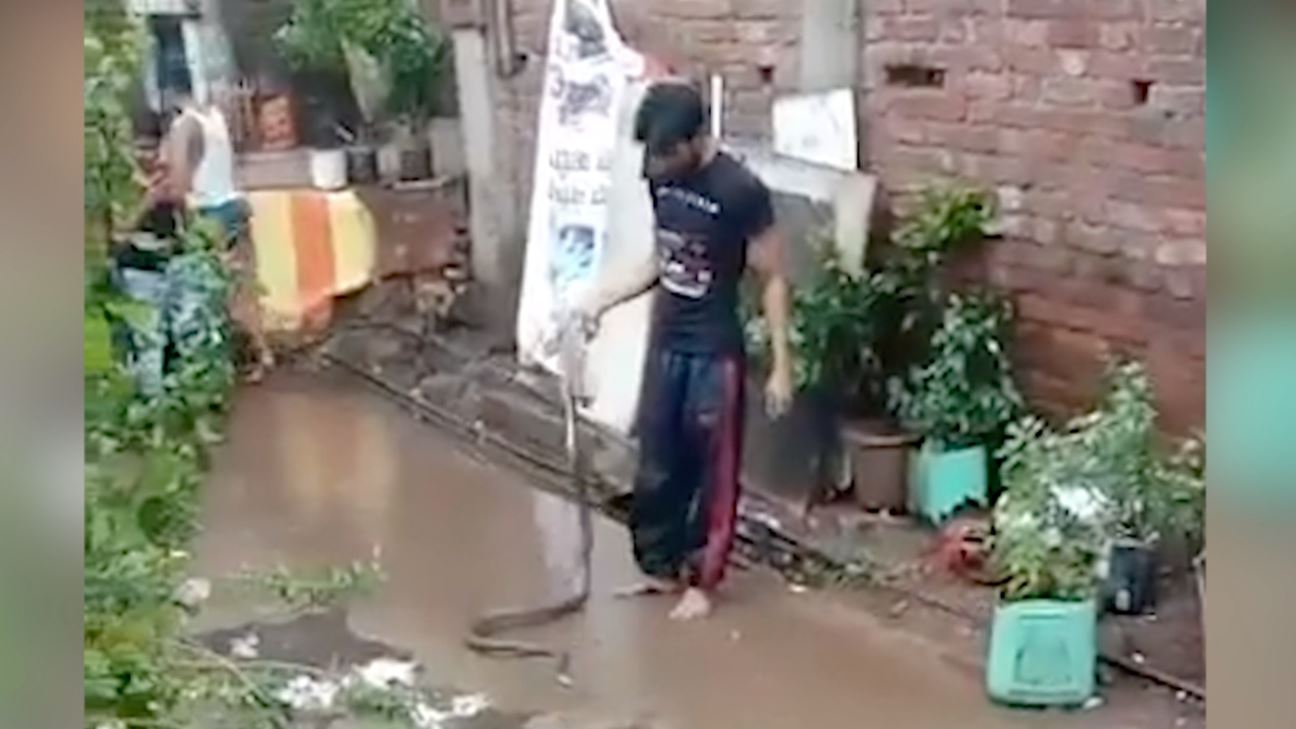Why do graphic cruelty videos keep popping up on your feed? Does social media affect the mistreatment of animals?
F*CK.
I put this expletive in for shock value. It attracted you to this article for some bizarre reason, and here you are, still reading. People do anything and everything for views these days, am I right? Ironically, and apologies for the hypocrisy, this article discusses the negative impact of this very phenomenon. The intrinsic nature of shock value to perpetuate media on the internet has changed drastically since the rise of social media in the past 10 years. It has changed the game for the need for extreme publicity that even an everyday media user craves online. The impact this and other social media manipulations have on the trend of people outright abusing animals for publicity (and thus monetary value) is huge. It can range anywhere from someone throwing a dog off a cliff in a Facebook video to a YouTube influencer spitting and slapping her dog for not adhering to the public image she created for it [1]. Some spark outrage. Some have entertainment value. Some even have a select target audience that enjoys regular posts of animal cruelty. Some don’t even realise it’s animal cruelty. Many see online success brought about by an animal video and imitate.
This article discusses two things: the rise in incentive for people to perform arbitrary acts of extreme cruelty for social media impact and the need for animal cruelty laws to migrate to encompass social media.
GLOBAL CASES
Just this May, a teenager from Alabama, US, posted a video onto Facebook of himself, throwing his neighbour's 7-month-old dog into a shallow valley from a height and saying on camera: “This is what happens to stray dogs that follow me.” Despite being arrested for aggravated animal cruelty, what was shocking was the support he received among the people he shared the video with, who claimed it was ‘just a dog’ and that ‘dogs die every day’ [2]. Another incident of a Korean Youtuber streaming himself biting and battering in his puppy which, despite being reported, continued online for a long time, since 2017 [3]. This individual has not been apprehended by the law.
 Image: Youtuber identified as Sseungnyangie biting and hitting his puppy multiple times during an online stream
Image: Youtuber identified as Sseungnyangie biting and hitting his puppy multiple times during an online stream
The general nature of wanting to show off to an audience can translate to bizarre quests for reactions and popularity, which may lead to outright abuse videos popping into your feed more often than you'd like. The outdated and overrated phrase “any publicity is good publicity” is applicable in this scenario where there is potential for individuals to be driven by the sole need to be noticed by millions- which is now possible at the click of a button and the slap of a dog. ‘To go viral’ is as relevant to your resumé as your 12th-grade board examination marks.
A LOCAL CASE
Another rather obvious aspect of the ability to reach a million people instantly is the use of social media to display bravado, machismo and other displays of vanity. Look no further than Ulhasnagar, Maharashtra, where this July, a man caught a snake and repeatedly, on camera, thrashed it to the ground violently, even after it appeared dead [4].

Image: Screenshot of the perpetrator as he held the snake by its tail and continued to abuse it on camera.
One may argue that this may have happened on or off-camera, however, the fact that it was conducted before a camera and shared by the user, showcases the existence of an incentive to display power over someone or something. A display of power is one of the basic five narcissistic traits. A research paper by McCain et al. published in the American Psychological Association, discovered that grandiose narcissism was positively linked to social media [5]. This just goes to suggest that rises in animal cruelty, especially for display online, have a potentially growing audience and actors.
This article does not aim to claim or justify, but to start a discussion. Social media laws regarding animals and animal abuse are still patchy all over the world. The Korean Youtuber Sseungnyangie mentioned earlier, despite being reported, was not persecuted due to there being no defined laws to do so. Youtuber Brooke Houts who features her dog on her channel in the form of prank videos, accidentally shared footage of pinning her dog down, hitting it and appearing to spit on it, due to the dog not behaving the way she wanted him to on camera. The police investigated her, but the law decided to take no action.
With regards to laws and bans regarding social media in India specifically, there were serious discussions on banning the video-sharing app TikTok due to the number of young verified users and geo-tagging potentially exposing them to predators. The country is not new to understanding the side-effects of new applications and social networks. TikTok however, showcases various cases of animal brutality, and illegal animal fights a lot of which go unnoticed. One only has to type in ‘#dogfight’ to find people geotagging locations and showcasing their pit-bulls while calling to the internet for participation in the cruel practice.
Facebook let 150 illegal dogfighting pages with over 2000 posts and more than 160,000 members combined go unnoticed [6]. Graphic content was exchanged, and matches were announced. An organisation called Lady Freethinker tracked and identified these groups, and claims that social media has given a new platform for the display of brutality. 26 of these were reported, yet Facebook removed only 6, claiming that if the content was distasteful, one only needs to ‘unfriend’ or ‘unfollow’. Animal cruelty exists and has now migrated onto social media, which goes to say that animal cruelty laws should also encompass the effect and role of social media and networking in encouraging the same.